See the building behind the low-slung motorcycle in this picture? That’s Metro Cinema. Of course, it isn’t called that anymore. It’s been 81 years since it was built, and by Hollywood’s Metro-Goldwyn-Mayer studio (if a roaring lion came to mind, your memory has served you well) no less. Survival is a hard taskmaster, however, and it wasn’t long ago that Metro, in a bid to stay relevant, was passed onto a large digital corporation. Today, all that remains of the old Metro Cinema – and it isn’t even called that anymore – is the facade. Do you know what else was built in 1938? The low-slung motorcycle that stands before it. I didn’t know it when we arrived there, but a sequence of oddly fortuitous events led to me being struck by this lightning bolt of trivia. Call it a coincidence or a trick of the fourth dimension, but some unions are simply destined to be.

Unlike Metro, however, the Norton 16H is of rather unglamorous lineage. It was a product of need, designed to be a dependable mode of transport. The ‘H’ in its name signifies home, the market it was devised for, with the ‘Colonial’ version, the 17C with higher ground clearance, meant to be exported to the far reaches of the sprawling British empire and to the Allied forces. In either form, this motorcycle was required to be a robust, go-anywhere machine that could be relied upon especially when such a thing as a road ceased to exist. With Mumbai’s roads having evolved backwards, I suppose you could say the 16H is still relevant. You would perhaps think otherwise, knowing this motorcycle features a rigid frame – look ma, no rear suspension! – but swingarms and plungers were complexities (and luxuries) the Empire didn’t want the military to afford. Also, motorcycles with rigid frames could sit lower since they didn’t need to account for suspension travel and this, undoubtedly, helped vastly improve their centre of gravity. I suppose this may have been fundamental to the outcome of a high-speed motorised gunfight involving unfriendly neighbours. Okay, probably not.

Tonight, there was no such pressing quest for survival, and this allowed me to stand back and admire the 16H’s simplicity, which gave a fair bit away about its genesis. The Model 16 originally came to life in 1921, but James Lansdowne Norton, who founded the Norton Manufacturing Company in 1898, was evidently not a very complacent man. Not entirely satisfied with the 1902 Clement-engined Energette, officially Norton’s first motorcycle, or with the Swiss and French-engined derivatives that followed, he decided to build a motorcycle with a motor he had designed. That motorcycle saw the light of day in 1907, with a 633cc side-valve motor, and was christened the Big 4. The Big 4 was designed primarily to be a reconnaissance machine and to haul arms – it would later be replaced by the Willys Jeep – and most of its ilk went on to plough through the First World War with a sidecar attached.

It was in 1911, when Norton decided to race in the Senior Class at the Isle of Man TT that a smaller, 490cc side-valve motorcycle emerged. Thus was born the Model 16 and, subsequently, the 16H. Over the next decade, the 16H had established itself as a successful racing machine, although, that did little to shrug its image as the ‘poor man’s Norton’ (guess who’s not poor now?). Another decade later, in 1936 to be precise, the 16H had entered military service and it would go on to retire only in 1945, as the Second World War ground to a halt. Incidentally, it was commissioned to serve in India in the very same year and, as anyone with even a bleak interest in Indian history will tell you, it must have survived some truly trying times in that period. By then, over 1,00,000 16Hs had been produced and, except for those claimed by the Luftwaffe’s exuberant aerial bombardment campaign, most of them survive to this day.
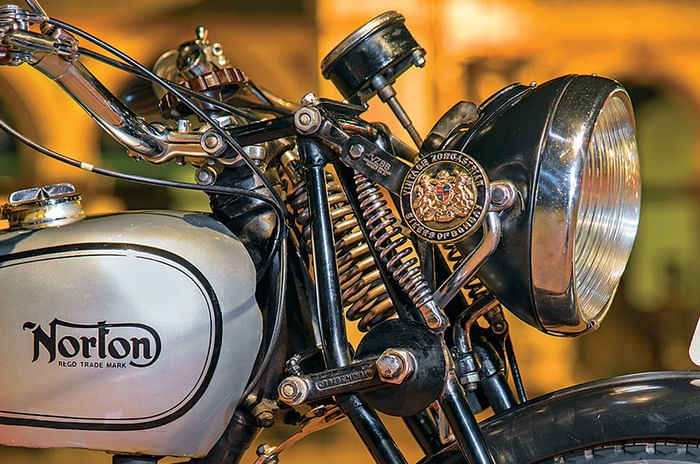
I could see why, as Shiraz Ginwalla, the 16H’s hands-on owner from the Vintage Zoroastrian Bikers of Bombay (VZBB) group, talked me through the standard operating procedure. With the timing already adjusted using the advance/retard lever, all I had to do was press the decompress switch, execute a two-stage kick all the way down, then one seamless and hearty kick (never over-enthusiastic, though – if it kicks back, you have a week of binge-watching a Netflix series). The 16H isn’t the most beautiful-sounding motorcycle I have heard, but it reeks of the formative years of the British single. The steady pulse is faster than on an Enfield Bullet, and it’s accompanied by a mild mechanical clatter that is indicative of its nature as a blue-collared workhorse; nuances were reserved for the elite classes. Climbing over was easy given how low the 16H is, and the comfortably swept-back handlebar sort of naturally fell within reach, with my knees gripping the rubber tankpads with equal ergonomic ease. As I eased off the clutch having engaged first gear, I couldn’t help imagining myself as some sort of revolutionary, riding through poverty and diseases to help the downtrodden. This may have been facilitated by the well-documented fact that Ernesto ‘Che’ Guevara rode this very motorcycle, albeit a 1939 model, on his epic South American odyssey that was immortalised in his memoir, The Motorcycle Diaries. In any case, everything seemed alright with the city at this unearthly hour, so I was left alone to enjoy the sensations of riding a motorcycle so charmingly mechanical.
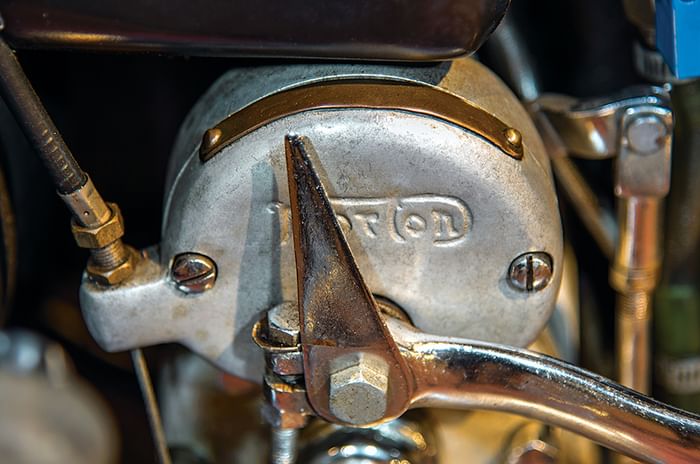
I rode on aimlessly, the 16H chugging along and stirring up mild fits of rage amongst mongrels. In its prime, this motorcycle was capable of clocking over 100kph but I wasn’t about to attempt any such feat, being overly cautious with the right-hand side gearshifter (with 1-up, 3-down pattern). In the past, I have gone sideways enough to bring a tear to Kenny Roberts’ eye owing to my muscle memory’s bias towards left-side shifters, and I wasn’t about to take a chance. For the most part, third gear was enough to plod around at city speeds while being mindful of our obtuse road construction techniques. The lack of rear suspension on the 16H was compensated for decently by the sprung seat, although it wasn’t luxurious by a long shot. To my good fortune, the drum brakes had no surprises in store for me and, save for the second I’d lose in recalibrating my left foot to tap on the brake pedal, I’d mostly come to a halt exactly where I wanted to. But I didn’t want any such thing, so I simply kept riding, registering it had been a long, long time since I had felt this rhapsodic. It’s only when I realised I didn’t have the services of a fuel gauge that I succumbed to the deed of retreating.
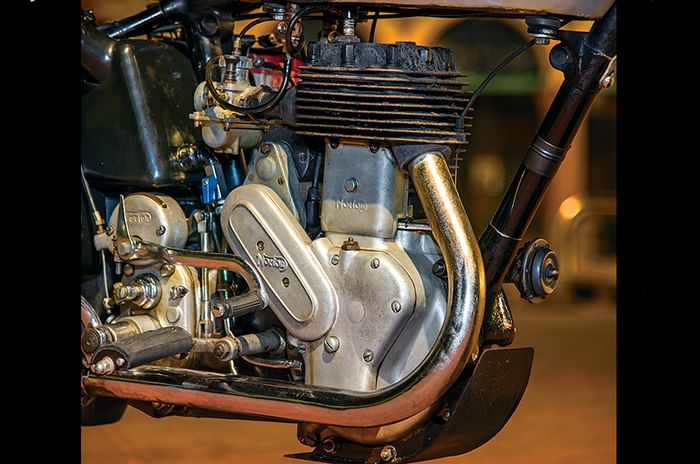
Is this euphoria unmerited? Surely, the 16H isn’t the greatest motorcycle of all time, right? It isn’t, but how exactly does one measure mechanical sincerity? Can we ever quantify purity of purpose? The Norton 16H was a motorcycle designed with a function in mind, which it fulfilled, but then it went beyond. I may have spoken too soon, but the 16H makes it credible to believe that an obsessive, perhaps undemocratic dose of simplicity and studious engineering can propel machines into, quite possibly, eternity. That can be the only reason why the 16H is here, looking like it escaped time altogether, even after evolution chose to abandon it. And why everything around it is all but a facade.
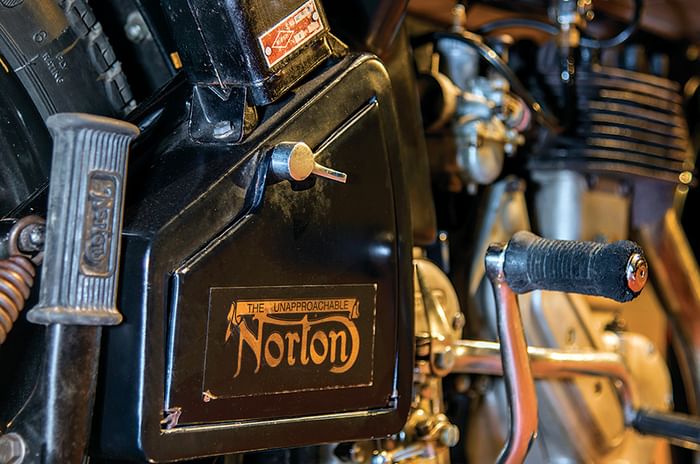






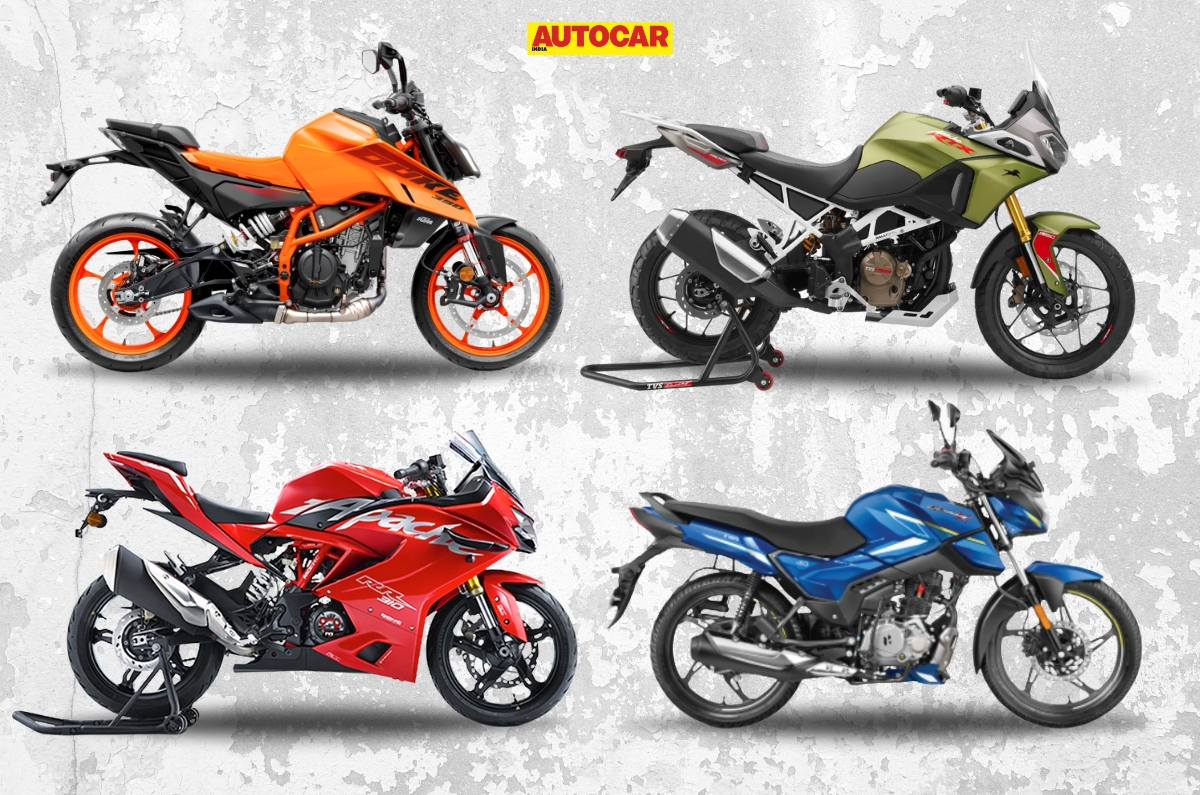


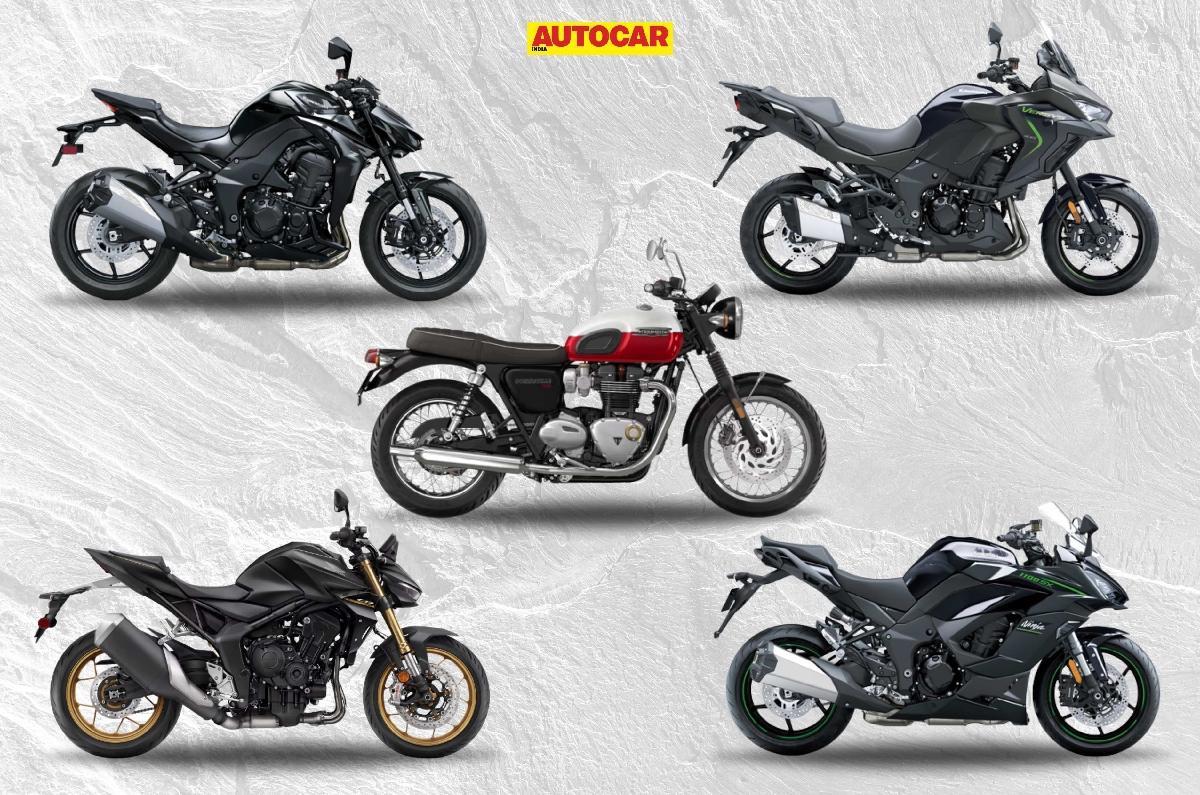



.jpg?w=728&q=75)

















